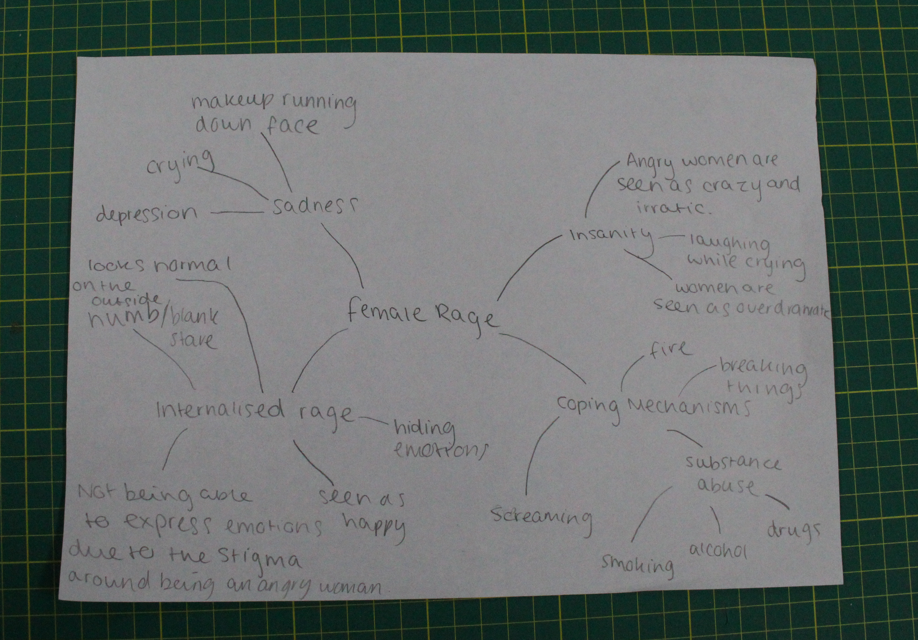Cynthia Morris Sherman is an American artist whose work mostly consists of photographic self-portraits, depicting herself in many different contexts and as various imagined characters.
Her work is a visual representation of Sexual desire, domination and the fashioning of self-identity as mass deception.

Film stills:
Cindy Sherman’s Untitled Film Stills is a photo series made up from over seventy black and white photographs. Some words used to describe this series: disguise and theatricality, mystery and voyeurism, melancholy and vulnerability.

Originally she created these images in her apartment, using her own home as setting for the scenes until later expanding to outside for more urban shoots.

Cindy Sherman played with the malleability of identity which later continued into her other series. Although she is the subject of the images they are never really considered to be self-portraits. This is due to her creation of different identities, rather than showing a portrayal of herself, and instead embodies many different characters and identities.
Image analysis:

Untitled Film Still #13 is an image showing Sherman using herself to present the a character in a 60s “coming of age” romance film. She poses to represent the stereotypical young female intellectual on the hunt to discover her womanhood. Experiencing life in the 1970s, during the rise of Feminism, Sherman taught herself to see through the popular clichés, shown in film and media, and show them in a satirical and ironic way. Her aim was to make the viewers more aware and conscious of how artificial and intricately constructed “female portraiture” portrayed to society.
Many criticized Sherman’s Film Stills as they believed she was encouraging the stereotypes of women and providing work that satisfies the male gaze through her portrayal of the objectification of women. However many realised Sherman’s ironic approach was intended to be a parody to the female stereotypes and this project was intended to question their prevalence.
Although many believe she is further objectifying herself for the male gaze she previously implied that the project was mostly created for a female audience.
“Even though I’ve never actively thought of my work as feminist or as a political statement, certainly everything in it was drawn from my observations as a woman in this culture. […] That’s certainly something I don’t think men would relate to”.



























